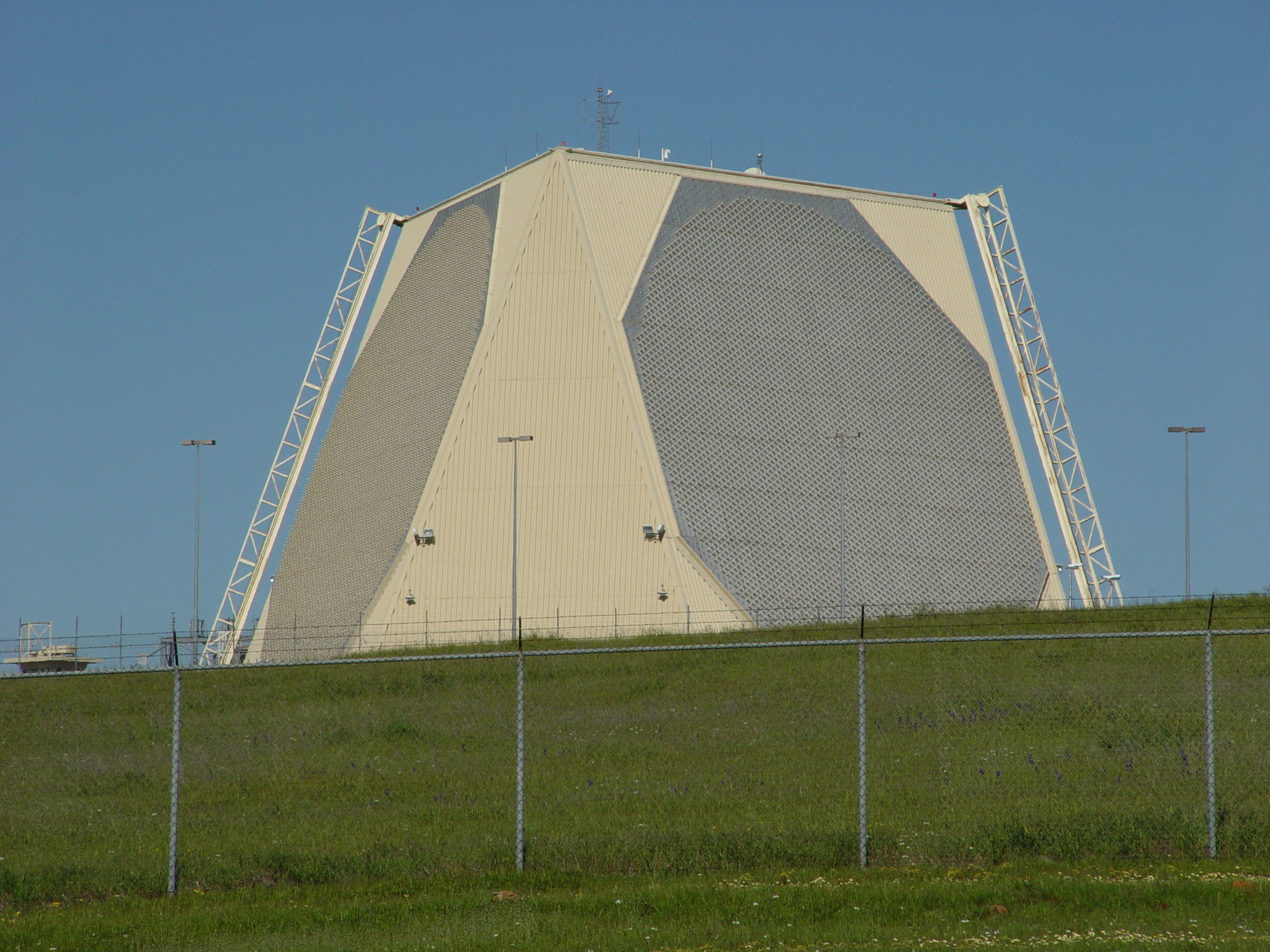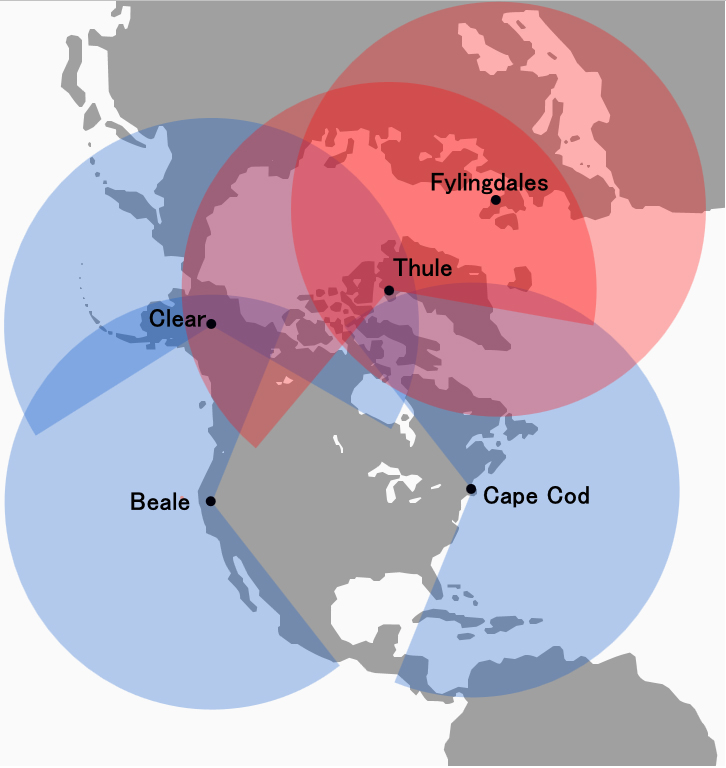Desert’s Eye
(no votes) |
(0 votes) |
Research Fellow at the Primakov Institute of World Economy and International Relations under the Russian Academy of Sciences
The end of 2016 is marked by a number of deals regarding military technical cooperation signed by the US and Persian Gulf countries. Still, potentially one of the most interesting and directly affecting Russia’s interests — regarding the purchase of position-radar station — could be lost against the background of multibillion aircraft, armored vehicles and other arms-related deals.
There is no surprise it has got lost — the number of deals signed with the Arab monarchies in the last months of Obama administration is quite large. For instance, the purchase of large number of fighter aircraft has finally moved from a dead point — the US Department of State finally sanctioned the sale of 72 fighter aircraft F-15QA for$21,1billion to Qatar, 40 F/A-18E/F for $10,1 billion to Kuwait. Finally, the US started shipping F-15SA fighter aircraft to Saudi Arabia according to the contract signed 5 years ago. In addition, Saudi Arabia purchased 48 transport helicopters “Chinook” for $3,51 billion, United Arab Emirates purchased 37 fighter “Apache” for $3,5 billion; Kuwait is planning to spend $1,7 billion to modernize its “Abrams” tanks. One could go on naming the deals, but it is not the topic to discuss here.
At the conference, organized by International Institute of Strategic Studies in Bahrain, US Defence minister Carter told journalists that the agreement on Qatar purchasing position-radar station Raytheon AN/FPS-132 had been reached. The deal was estimated at $1,1billion in 2013, when these plans first became known to public. Like other steps taken, the station is to be used as part of the measures to counter Iran’s missile threat.

PAVE PAWS Radar, Beagle Air Force Base, California, USA
However, questions start to arise once you take a closer look at the technical side.
First, AN/FPS-132 is not an ordinary air defence radar that might seem like something that can be carried around in a truck. It is a solid construction with the height of 9-floored house. This comes as no surprise as such radars are not a means of a regional missile defense system (like AN/TPY-2 of THAAD complex China was worried about), rather a component of US global warning system. Such stations are positioned in California, in Greenland with another formally joint station located in Great Britain.

PAVE PAWS and BMEWS coverage
Second, to put it mildly, the potential of AN/FPS-132 exceeds one needed to keep an eye on Iran. The detailed characteristic is, of course, kept in a secret but it is stated that the station is capable of detecting targets in space situated up to 5,000 kilometres away. If you look from Qatar, Iran is «over» after the first 1,500 kilometres. AN/TPY-2 stations would be enough for such purposes.
Third, the usefulness of such large and vulnerable object should a conflict with Iran occur provokes certain doubt. For some reason, Tehran that all of a sudden has decided to attack the «free world» (represented by its noble representatives, the Gulf monarchies) will be able to find a way to deactivate the complex deployed on its border.
Indeed, it is a TMD that is being built in the region — United Arab Emirates buying THAAD and Qatar following the Saudi example of purchasing Patriot could fit the logic, with AN/FPS-132 obviously being different. The explanation of it being necessary to follow on the Iranian missiles flying towards Europe is not enough, as AN/TPY-2 is planned to be deployed “on their way” in Turkey exactly for these purposes, with Romanian complex being intended to “meet” them.
All in all, such measure cannot fail to provoke Russia’s concern as the radar in Qatar will cover most of Russia’s European part, allowing to quickly detect missile launch from such key missile deployment area as Kozelsk, Teykovo and Tatishchevo (for instance, there is no need to go into detail on ICBM of strategic nuclear forces). Still, in December 2014 Raytheon won a $2,4 billion contract to build in Qatar. It will connect regional components with European Missile Defense System and with the US continental one, consequently.
At the end of the day, we are witnessing the US creating a part of a global missile defense system which, form Russia’s standpoint, is far more unpleasant than the radars, planned to be installed in South Korea , are unpleasant for China. The latter receives a large media coverage in Russia as well, while our politicians actively and negatively comment on those, threatening to impose reciprocal measures. Note that Korean AN/TPY-2 are of no harm to Russia. Against this background the fact of global missile defense system component being installed in Russia’s “underbelly” provokes unacceptably little interest.
(no votes) |
(0 votes) |




